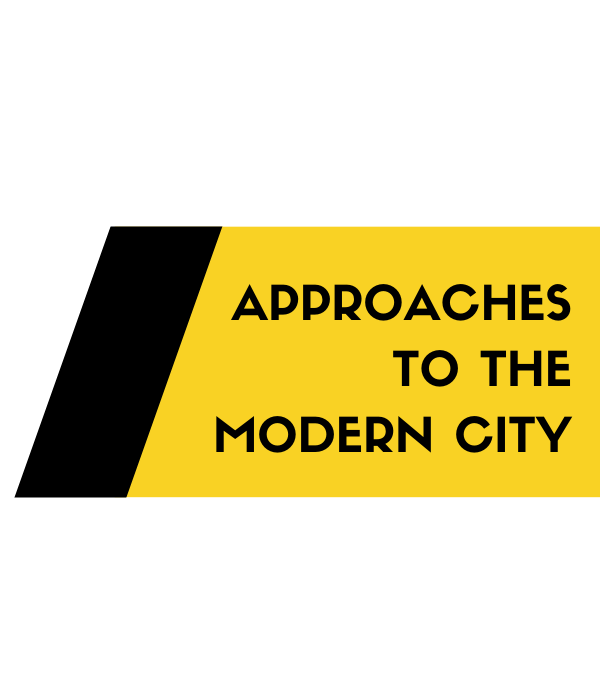Bogota is a city of 8 million inhabitants placed in a metropolitan area of 9.5 million inhabitants that represents almost 30% of the whole GDP of Colombia. Today Bogota is a modern and industrial city with many national and international companies and a number of good public and private universities. The site was discovered by Gonzalo Jimenez de Quesada in 1538 and the city officially founded through an inaugural Catholic mass in 1539, taking advantage of the presence of two other famous Spanish conquerors in the region, Sebastian de Belalcazar and Nicolas de Federman (Mejía 2012a: 121). Bogota is located at a high altitude of 8,530 foot above sea level, in a huge savannah or plateau, thus one of the city’s most famous slogans is “Bogota, 2600 meters closer to the stars,” suggesting the high altitude of the city. Bogota was one of the places considered by the Spanish as the location of the one of the most famous legends in America, the imaginary city of gold, El Dorado (Mejía 2012a: 132). As a result of this myth, the new airport in Bogota is named El Dorado and the biggest museum in Colombia is called the Museum of Gold. Overall, Bogota is a dynamic metropolis with the usual social contrasts and inequalities common to Latin American cities.
I break down the landscape of Bogota in three moments. First, the colonial city, second, the republican city after the independence from Spain, and third the period from the introduction of the trolley in 1884 until 1950. The colonial city and the republican city had very similar layout and size, forming a checkerboard with the Plaza as its core. After the trolley’s introduction a new era of urbanization was born. The slow urban growth during the previous three centuries accelerated, following the first line of the new public transportation system of Bogota. Besides the introduction of this new technology of public transportation, international influences in urban planning brought a variety of plans with the intention to reorder the future and the existing city; initiatives that were led by academia and the public sector.
While the city grew in size and population, waste production also began to grow. Because of the volume of waste, the city struggled to manage trash collection. Bogota tried two models of collection. The first model, from 1950 to 1988, was public and the second one, in effect since 1989, is private. In both systems formal recycling has been scarce, and scavengers have had an uncertain place, in which they have been threatened by both the public and private companies because they were seen as unfair competition on the streets.
Besides waste management, the rural migration to the city after 1940 surpass the city’s capacities. The lack of public services and housing led to the growth of informal and squatter settlements. These informal settlements were placed mainly in the southern outskirts of the city, where land was cheaper. As a result of governmental abandonment, unions surged in neighborhoods as a way for people from informal settlements to raise their voices and obtain basic public services.

